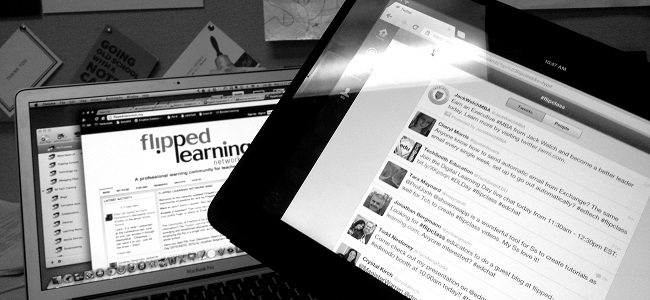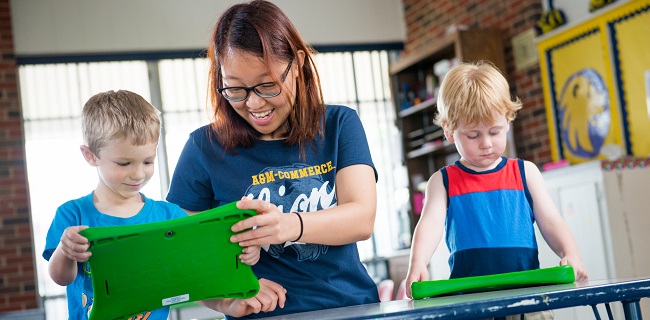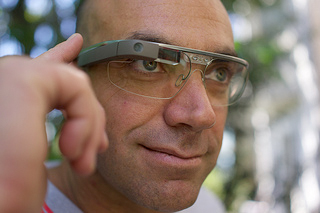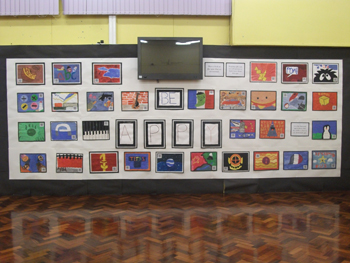We cover a lot of edtech trends, but which ones are here to stay the course? Iowa-based English teacher turned technology integration specialist Jarod Bormann gives his top five trends that are really leaving their mark in teaching.

If you are one with your ear to ground, I’m sure you have a pulse already on what is transforming instruction in education. As a classroom teacher, I thought I did too. But since changing my job to Instructional Technology, I have had the opportunity to work with educators in varying districts. I have also had the opportunity to expand my understanding by attending more tech conferences. These new experiences have given me a better outlook on what edtech trends are truly shaping education, whereas my prior knowledge mainly came from Twitter.
Modern edtech often allows hugely enjoyable ways of learning, and even fun ways of running a school. Here, teacher and ICT coordinator Poppy Gibson discusses the major possibilities presented by augmented reality to teachers.

Augmented Reality (AR) is cutting-edge technology that allows for a digitally enhanced view of the real world, uncovering hidden images, videos and texts to the user when the 'trigger' (or 'marker') image or item is scanned by a camera, adding layers of digital information directly on top of objects around us.

Would you really replace your specs with a computer? Or wear a camera on your head?
It can only be a matter of time (and maybe not too much money) before Google Glass, or 'Glasses' as I call them, glide gracefully through the classroom doors and onto the heads of every boy, girl and teacher who cannot escape the futuristic amazement of this augmented reality phenomenon. Well, so they say.
If you haven't heard of Google's latest innovation - in essence a pair of fake glasses with the functionality of a Chromebook displayed to you in its right lens - then I suggest you check it out. It is a glimpse into the future.

Like many schools across the world, Shaw Wood Primary in Doncaster is discovering the benefits that mobile technology can bring to its curriculum.
Introducing mobile technologies at Shaw Wood was something of a venture into the unknown. As the school's IT Coordinator, I decided to use the eTwinning collaboration tool to work closely with Anne McMorrough and her primary class at St Martin de Porres National School in Dublin, which was also experimenting with mobile apps. Since September 2011, pupils at the two schools have exchanged reviews and advice about the apps that they have used, communicating via Skype, email and blog posts.
One app that has been used particularly frequently is the free augmented reality application Aurasma.

A community-driven platform for showcasing the latest innovations and voices in schools
Pioneer House
North Road
Ellesmere Port
CH65 1AD
United Kingdom